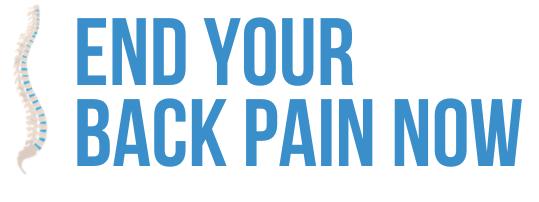One of the more common issues that I tend to see in my office is that of “pseudo-sciatica”. What this refers to is when someone tells me that they have been diagnosed with sciatica, but their symptoms aren’t exactly what you would find in a true case.
Sciatica is essentially when the sciatic nerve, which exits the spine, and travels through the middle of the butt muscles, and down the leg, becomes compressed by either a disc bulge, spinal stenosis, degeneration, or even by the muscle that externally rotates the hip, called the piriformis.
When the nerve is compressed or entrapped, the pain is quite obvious. Usually, it is a sharp pain, and may or may not include a numbness or tingling sensation going down the leg along the line of the nerve.
However, many diagnosed cases of sciatica actually don’t have these symptoms. The most common complaint is “dull aching” sensation around the hip region, and going down the leg in a sort of inconsistent pattern.
That, my friends, is a sign that trigger points may be at work!
As you can see in the picture above, trigger points (marked as “x”) when pressed on, can cause the same type of pain pattern as sciatica.
A simple test for trigger point activity is to press into the areas that are marked X, and see if the pain pattern refers down your leg. If this is the case, you could very well have a trigger point problem.
What is the treatment for trigger points? Simple:
1. Shorten the muscle in which the trigger point is found; This allows the muscle to “reset” and can often de-activate trigger points.
2. Ice or heat; Both can be effective at reducing trigger point pain, particularly when combined with #1.
3. Neuromuscular Massage therapy: This particular form of massage technique focuses on finding and releasing trigger points. In the hands of a skilled therapist, no trigger point can survive! lol!
4. Corrective Exercise: Fixing muscle imbalances is essential in eliminating trigger points, as they can be a major contributer to the development of them! Stretch the tight, strengthen the weak, thats what I say!
Sam Visnic–

